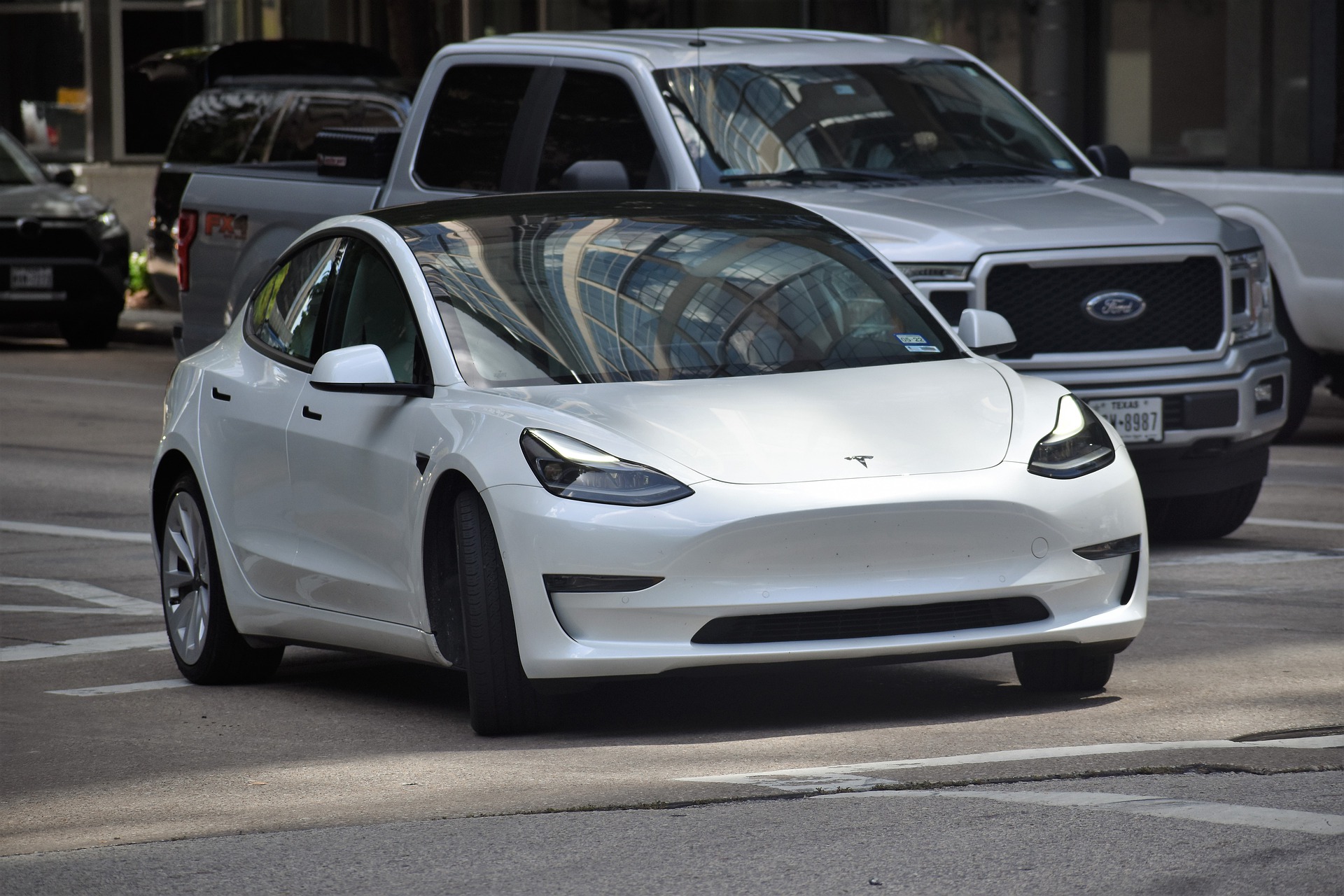Pickup Trucks Reimagined: From Workhorses to Daily Drivers
Pickup trucks have shifted from basic utility rigs to refined, multi-purpose vehicles that serve both work and lifestyle needs. Explore how engines, cabins, towing tech, cargo solutions, and electrified drivetrains have modernized pickups — and what to consider when choosing one.

How pickup trucks transformed over the decades
Pickup trucks began as straightforward, no-frills vehicles built to haul, tow, and endure heavy use on farms, construction sites, and rural roads. Early models prioritized ruggedness and simple mechanics over comfort. Over time, consumer preferences and technological advances nudged manufacturers to add creature comforts, safety systems, and higher-performing powertrains, turning utilitarian work trucks into vehicles suited for daily driving, family transport, and recreation.
Cab layouts and bed options evolved alongside this shift. Single-cab models remain popular for pure work applications, while extended and crew cabs provide additional seating and creature comforts for families and crews. Similarly, bed lengths and storage configurations diversified to give buyers the flexibility to balance passenger space with cargo capacity.
Core attributes of modern pickups
Today’s pickups blend traditional utility with features once reserved for sedans and SUVs. Key areas of advancement include:
-
Engines and drivetrains: Modern trucks offer a wide spectrum of powertrains, from small turbocharged gasoline engines designed for efficiency to torquey diesels and high-output V8s. Hybrid systems and mild-hybrid tech improve low-end torque and fuel economy, while fully electric powertrains are entering the market with impressive instant torque and reduced operating emissions.
-
Towing and payload capability: Advancements in chassis design, electronic control systems, and drivetrain robustness allow many trucks to tow tens of thousands of pounds and carry substantial payloads. Integrated trailer-sway control, trailer brake controllers, and dedicated tow modes simplify towing heavy loads safely.
-
Cargo management and versatility: Innovative in-bed storage, multi-function tailgates, adjustable tie-downs, and built-in steps streamline loading and securing gear. These features turn the bed into a more adaptable workspace or leisure platform.
-
Interior refinement and tech: Premium materials, roomy cabins, advanced infotainment, and driver-assist systems put pickups on par with luxury crossovers. Customers can expect features like large touchscreens, smartphone integration, heated and ventilated seats, and digital instrument clusters.
-
Safety and driver aids: Adaptive cruise control, automatic emergency braking, blind-spot monitoring, and lane-keeping assistance are increasingly common, making large trucks easier and safer to operate on busy roads.
How manufacturers differentiate their trucks
Automakers take varied paths to meet different buyer priorities. Some brands emphasize hardcore off-road capability with reinforced suspensions, locking differentials, and all-terrain electronics. Others concentrate on towing prowess, offering heavy-duty chassis, high-capacity cooling systems, and optimized gear ratios.
A few makers strike a balance between duty and daily comfort. For example, certain global models pair a strong ladder-frame construction for resilience with cabin amenities that mirror passenger cars, creating a truck that works hard but also serves as an everyday vehicle. Meanwhile, other brands double down on fuel economy, testing turbo diesels or electrified powertrains to attract buyers who want capability without constant trips to the pump.
Environmental trends and electrification
Environmental concerns and emissions regulations are reshaping pickup development. Manufacturers are improving fuel economy through aerodynamic refinements, lighter materials, and more efficient engines. Hybrid systems can deliver significant gains in city driving, while full battery-electric pickups are being introduced with the promise of zero tailpipe emissions and instant torque.
Electric pickups present trade-offs: low running costs and strong acceleration versus concerns about range, charging infrastructure, and payload or towing impacts. As charging networks expand and battery tech improves, electrified pickups will become a more practical choice for a broader range of buyers.
Comparing features and pricing
When evaluating pickups, consider size class, capability, fuel type, and standard versus optional features. Below is a comparison of popular models to illustrate how capability and starting price can vary across the segment.
| Model | Starting Price (USD) | Max Towing Capacity (lbs) | Notable Features |
|---|---|---|---|
| Ford F-150 | $30,040 | 14,000 | Pro Power onboard, hybrid option |
| Chevrolet Silverado 1500 | $29,300 | 13,300 | Multi-Flex tailgate, available diesel |
| RAM 1500 | $33,975 | 12,750 | In-bed storage, available air suspension |
| Toyota Tundra | $35,950 | 12,000 | Standard hybrid powertrain, large touchscreen |
| Nissan Titan | $38,810 | 9,320 | V8 power, advanced camera systems |
Prices, rates, or cost estimates mentioned in this article are based on the latest available information but may change over time. Independent research is advised before making financial decisions.
Choosing the right pickup for your needs
Selecting a truck starts with defining priorities. If towing heavy trailers is essential, focus on models with proven towing packages and high-capacity cooling systems. For frequent off-road use, look for reinforced underbodies, skid plates, and off-road suspension tuning. Buyers who want daily comfort and commuter efficiency may prefer crew-cab configurations with hybrid or efficient gasoline engines.
Test driving different trims and trying towing or hauling tasks in real conditions can reveal how a truck performs under your typical load and driving environment. Also evaluate ownership factors such as fuel and maintenance costs, resale value, and the availability of service networks.
The road ahead for pickup trucks
Pickups are no longer confined to single-purpose roles. They now span a spectrum from stripped-down work trucks to luxurious, tech-rich daily drivers and emerging electric variants. As consumers demand more capability, comfort, and sustainability, manufacturers will continue innovating in powertrains, materials, and onboard technology. The result is a pickup segment that remains highly adaptable and increasingly relevant to a wide range of lifestyles and industries.





